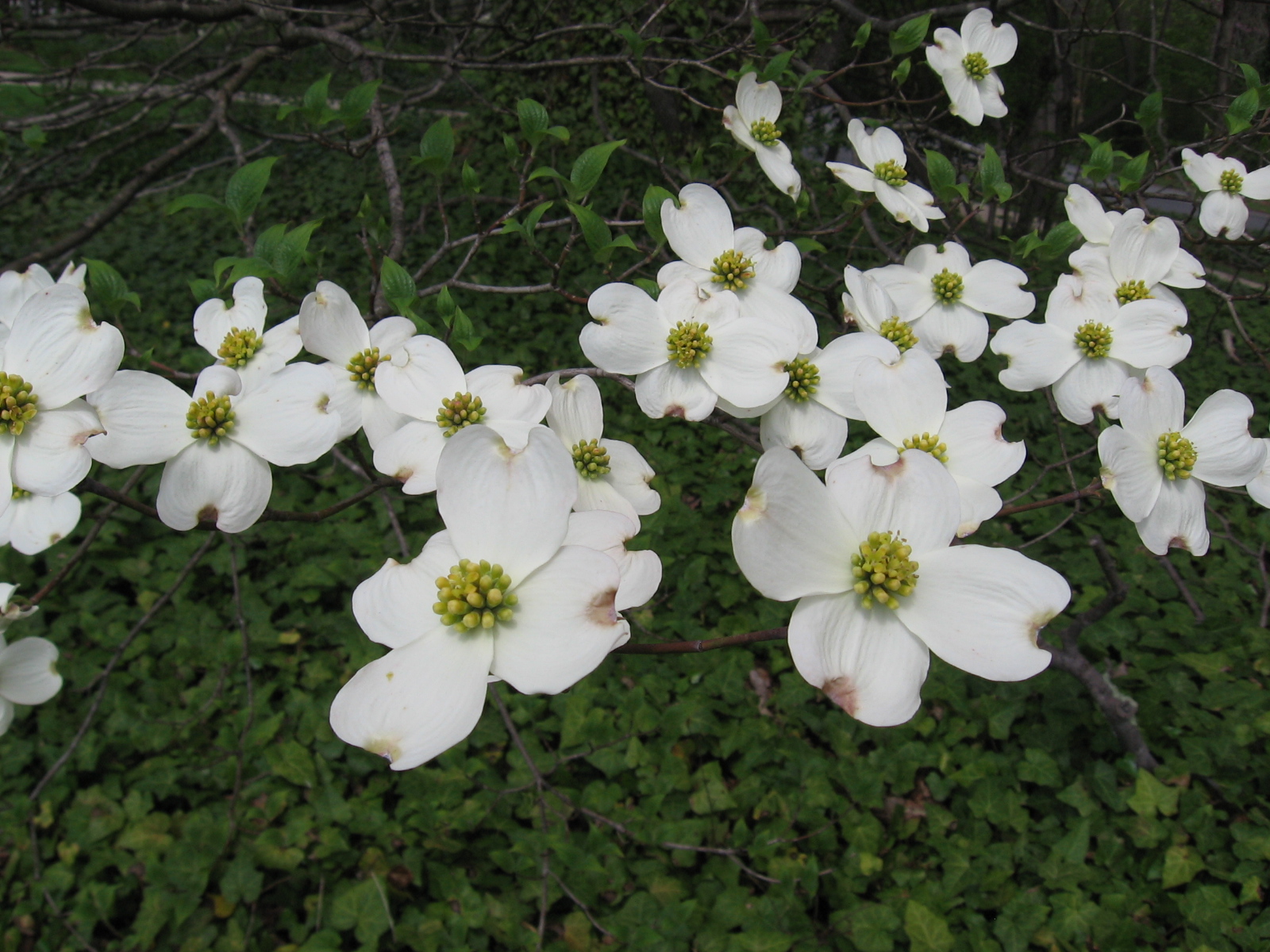 Can you grow a Flowering Dogwood in Northumberland County ?? MAYBE!!!
Can you grow a Flowering Dogwood in Northumberland County ?? MAYBE!!!
Sometimes when you are reading gardening articles or shopping at a nursery, you will see references to Zones or Hardiness Zones. Canada has nine zones, ranging from 0 (the harshest) to 8 (the mildest). Each zone is divided into two parts, with “a” being harsher than “b.” In creating the zone map, minimum and maximum temperatures, snow cover, rainfall, wind patterns and the average number of frost-free days were all taken into account. Therefore knowing your zone will allow you to select the right plant, shrub or tree for your garden. Generally, if you live in Zone 5, you should have good success with plants hardy in Zone 5 and up to three zones colder.
One of the main problems with Canadian gardening, is that we often find Zone references that are American. These are not the same as our Canadian Hardiness Zones and gardeners should be careful not to get them confused,
The good thing is, that once you know what Zone you garden in, you don’t need to worry, the Zones don’t change! You can confidently select plants that will thrive in your setting.
Canadian gardening zones can be found at http://atlas.agr.gc.ca
Northumberland County is mostly Zone 5
In every garden there are often micro-climates, small areas that can be zone warmer or colder. Warmer zones are usually found in protected areas or close to your house. These warmer micro-climate areas are spots to try the coveted plant that is rated outside your zone.
Because of the moderating effect of Lake Ontario, gardens south of 401 can often grow plants that won’t thrive north of 401.
When experimenting with plants from outside your zone it is very important to consider soil, light and water requirements as well.
